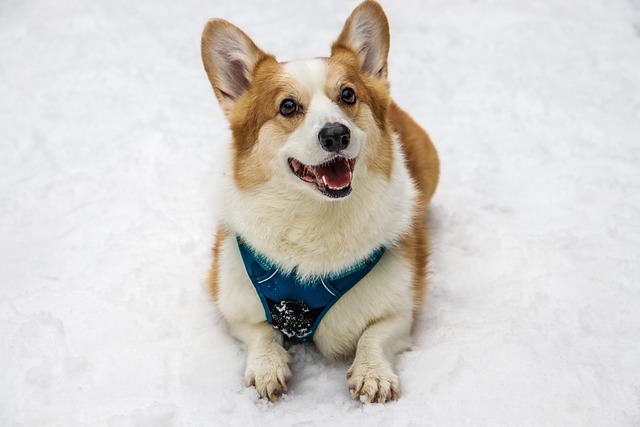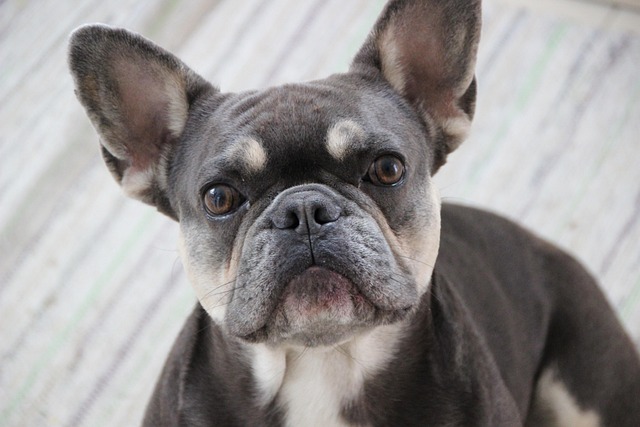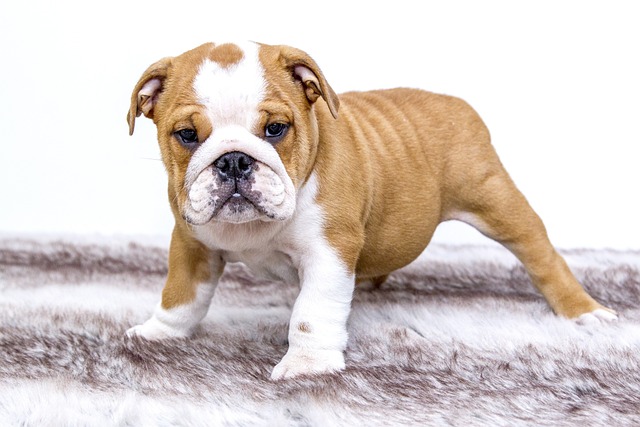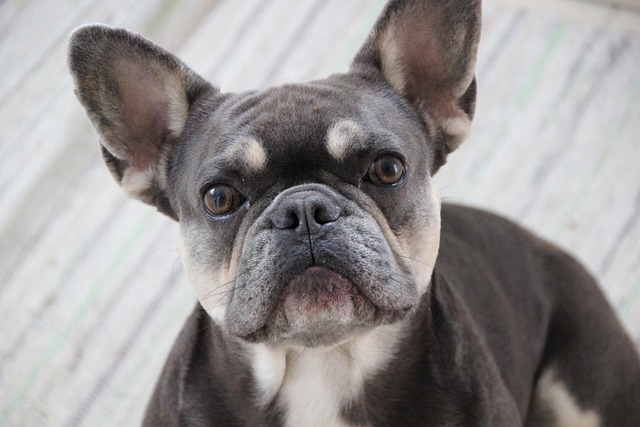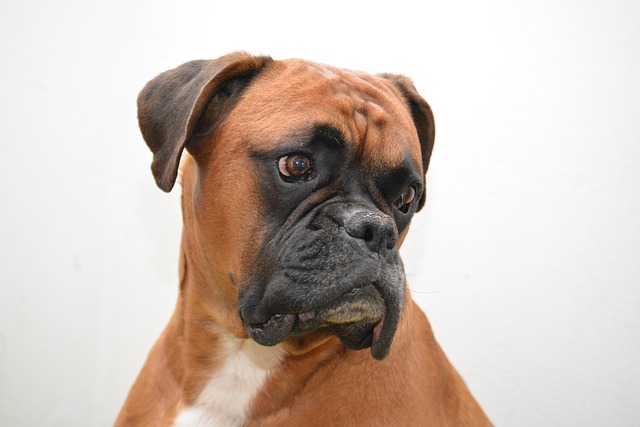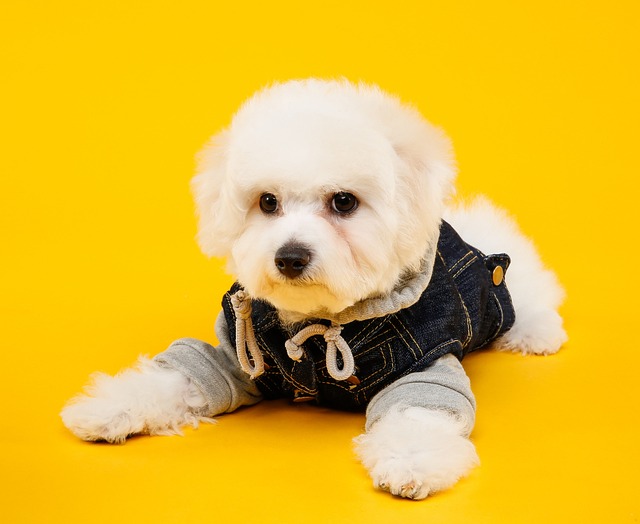If you’ve ever brought home a squishy 8-week-old puppy—tiny paws, wobbly legs, and a penchant for peeing on your favorite rug—and wondered, “When can I start teaching them to go outside?” you’re in good company. A new puppy parent in Pennsylvania texted me last month, fretting: “My vet said wait on walks, but he’s peeing in his crate. Is there a middle ground?” Training a puppy to go outside isn’t just about age—it’s about balancing their physical readiness, vaccine safety, and those tiny bladder limits. Let’s break down when to start, how to do it safely, and why patience (plus lots of treats) is your best tool.
First, let’s talk biology. Puppies are born without bladder control—they rely on their mom to stimulate them to pee until around 3-4 weeks old. By 8 weeks (when most puppies go to their new homes), they start to learn when they need to go, but their bladders are tiny—they can hold it for about 1 hour per month of age. So an 8-week-old might need to pee every 2 hours, max. This means training starts the day they arrive, but where you train depends on their vaccines.
Vaccines are the key safety piece. Puppies get a series of shots (for parvovirus, distemper, etc.) starting at 6-8 weeks, with the final booster around 16-18 weeks. Until that last shot, their immune systems are too weak to handle germs in public spaces (like dog parks, sidewalks, or even grass where other dogs have been). A 2022 study in Journal of Veterinary Pediatrics found that unvaccinated puppies exposed to public areas are 7x more likely to catch deadly viruses like parvo. So before 16 weeks, skip public spaces—but you can still train outside in a private, safe area: your fenced backyard, a balcony with artificial grass, or even a covered patio. My neighbor in Oregon did this with her lab puppy: “We set up a small patch of sod on our porch. She learned to go there, and once she was fully vaccinated, switching to the park was easy.”
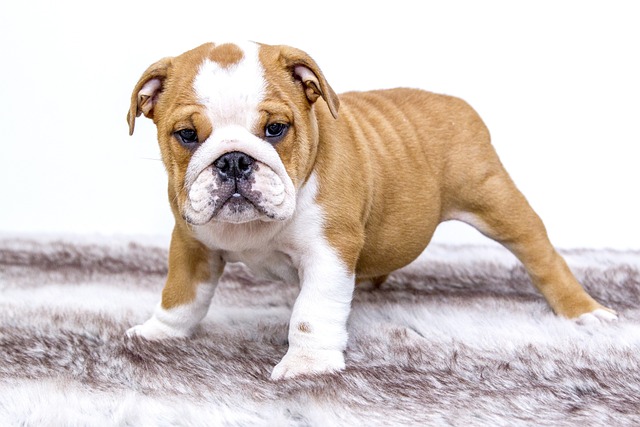
At 16-18 weeks, once vaccines are done, you can expand to public spaces. Start with short, low-traffic walks—think quiet neighborhood streets or empty parks. Take them out first thing in the morning, after naps, after meals, and before bed—consistency is key. When they pee or poop outside, celebrate like they just won a trophy: “Good potty!” plus a tiny treat (freeze-dried liver works wonders). A golden retriever owner in Texas swears by this: “My pup caught on in a week because every ‘success’ meant a snack. Now she runs to the door when she needs to go.”
Never scold for accidents. Puppies have tiny bladders and short memories—yelling or rubbing their nose in it (a outdated myth) only scares them, making them hide to pee later. Instead, clean accidents with an enzymatic cleaner (to remove the smell, so they don’t return to the spot) and stick to the schedule. A rescue foster I know in Boston learned this: “A shy terrier puppy peed in his crate until I stopped reacting—now he whines to go out. Kindness works faster than frustration.”
Let’s tie this to real-world rules. Legally, once your puppy is 12-16 weeks old (check your state), they’ll need their rabies vaccine—required in all U.S. states. This not only keeps them safe but lets you take them to more places, like pet stores or training classes. In public, always carry poop bags (fines hit $200 in Seattle for forgetting) and clean up immediately—no one wants to step in your pup’s mess. In apartments, if you don’t have a yard, use puppy pads temporarily near the door, gradually moving them closer to the exit to ease the transition to outside. Stick to quiet hours for early-morning potty runs—no slamming doors at 5 a.m. to wake neighbors.
Culturally, puppy training is a community thing. In dog-friendly cities like Portland or Austin, people often smile and offer tips—embrace it! If your puppy approaches another dog, ask first if it’s friendly—good manners build good vibes. And remember: every puppy is different. Small breeds (like Yorkies) might take longer than larger ones—their bladders are even tinier. Be patient, and celebrate small wins.
At the end of the day, the “right age” is a mix of biology and safety: start private training at 8 weeks, expand to public spaces at 16-18 weeks. With consistency, treats, and kindness, your puppy will be a pro at “going outside” before you know it—leaving your rugs (and your sanity) intact.
